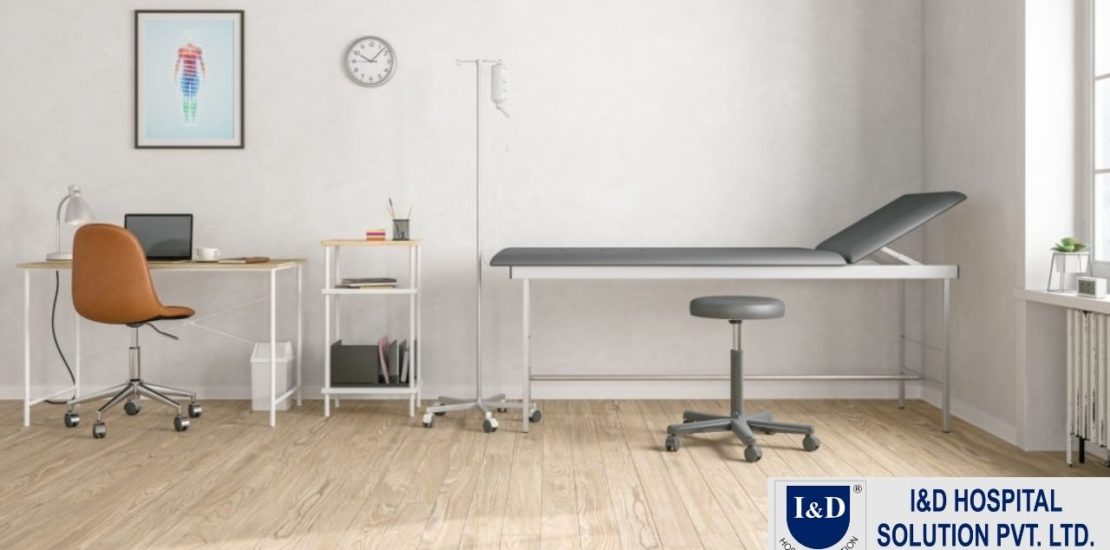- 06/09/2021
- Posted by: admin
- Category: Blogs

The hospitals of old aren’t exactly famous for their comfort or their aesthetically pleasing appearance.
However, as technology advances and generations begin to live longer, we’re seeing distinct changes in medical facility construction and design to accommodate new needs. New focuses on sustainability, comfort, and aesthetics are becoming the new normal as we change the way we view hospital design. Here are some of the top healthcare construction and design trends you can expect to see in the near future.
#1 – AN EMPHASIS ON APPEARANCE
Often undervalued in older designs, the interior and exterior of hospitals can have tangible effects on patients. When a hospital feels too “institutional” or “clinical” patients are more likely to feel anxious and upset to be there, which can negatively impact their healing. Studies have shown that the appearance of a medical facility can have a dramatic effect on the patients, the visitors, and the staff which is why newer hospitals are paying particular attention to the general aesthetics of each space.
#2 – ADAPTABLE SPACES
Adaptability is key as it allows you to make the most out of the space you have available, limits the needs for patient transport, and helps the patient feel more comfortable in their space.
Creating patient rooms that can also function as operating rooms is a perfect example of ideal adaptability.
The implementation of multi-use furniture (sleeper sofas, convertible bedside tables, etc.) is another technique that hospitals have recently begun to incorporate as it better accommodates family members who are visiting a patient.
This helps visitor and patient morale, while also helping the hospital save space.
#3– TELEMEDICINE
The use of virtual visits are quickly becoming a norm wherein healthcare workers can meet with patients online instead of requiring patients to come into the physical hospital. This helps relieve crowded waiting rooms, puts patients more at ease, and helps save time for everybody. The ability for patients to connect with their doctors without having to actually travel to a physical location helps to ensure that a medical facility can better focus on their long-term patients and reduces hospital crowding
#4 – PRIVATE WAITING AREAS
It’s not just the patient rooms that are getting upgraded in 2020. The use of high-backed chairs, more spread-out seating, and multiple sitting areas allows visitors to feel more comfortable while they’re waiting. It gives much-appreciated privacy to visitors to help reduce anxiety and ensure comfort for those who have to wait for long periods of time.
#5– SUSTAINABILITY
The world is changing, which is leading the healthcare industry to change how it views their facilities. Using eco-friendly materials is becoming more common during the construction phase, but finding ways to conserve water and power in a building as large as a hospital is also important
#6-WAYFINDING
Older hospital designs are notoriously difficult to navigate. It can be difficult for visitors and patients to identify what area of the hospital they are in let alone how to get from one area to another. Maps and proper signage help with this, but the use of colors can be another—more subtle—way of separating areas. Many new hospitals are painting the walls differently for each area, using different floor materials, or even using themes to help visitors easily identify where they are.
#7 – CUSTOMIZED PATIENT CARE FACILITIES
An emphasis on personalization is becoming common in both hospital design and treatment.
Hospitals have begun to plan their design to partially reflect their region to make the space more inviting and comfortable.
Using ocean imagery for coastal facilities is just one example of adapting hospital design to showcase that region.
Going beyond aesthetics, many hospitals have also begun offering regional food options so that patients have something familiar they can enjoy. By offering customized food options or taking time to note each patient’s favorite food items, hospitals are able to put patients more at ease, especially in long-term care.



